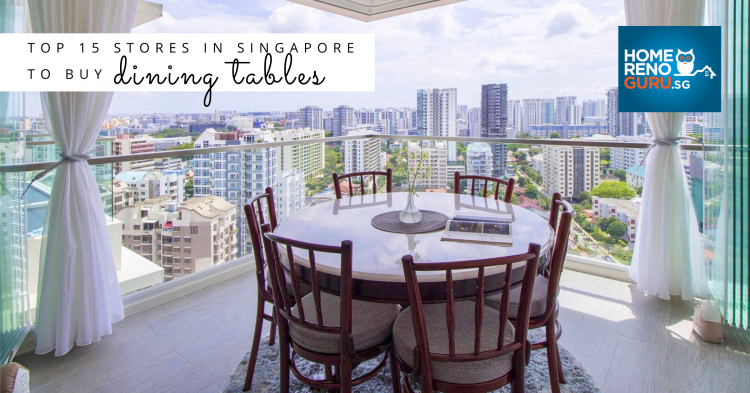
It’s where guests are entertained, and families gather to talk over meals. These days, dining rooms are a lot less formal. Comfort and practicality govern most aspects of dining room layout. However, every dining room can do with a touch of grandeur. After all, there’s no point spending hours in the kitchen, making the best dishes, and then having the guests too uncomfortable to enjoy them.
Picking Dining Table
The most important aspect of the dining room, and also its focal point, is the dining table. The most traditional dining tables are rectangular. This permits the leader of the house to sit at the head. Guests are then arranged, in terms of hierarchy, from the head down to the end of the table. It’s doubtful that any family is that ceremonial, but it’s nice to have a “head of table” position, especially for grandpa’s birthday, or a brother’s graduation dinner.
For a less formal feel, use a round table. King Arthur’s knights used one, because a round table denotes equality. Kings and knights aside, a round table also promotes conversation; everyone is within speaking range of everyone else. A rectangular table tends to restrict conversation to adjacent diners.
For round tables, pedestal tables are highly recommended. This maximises space, and avoids the frustration of arranging chairs around the table legs.
There are also drop leaf tables, where the sides of the tables fold downward. These tables can be folded or extended, according to the number of guests. Drape a table-cloth over it, to conceal the seams or hinges of the leaves.
A traditional material for dining tables is solid oak. Other common choices are Cherry Wood and Pecan. For a more contemporary look, you might opt for plastic or glass. How glossy the table should look depends on the lighting. If there is a lot of ambient light, a matte surface is preferable.
Another common dining room feature: the hutch dresser. This is a cabinet atop a counter, often with storage cupboards at the bottom. The upper part of a hutch is often used to display the good china, or sometimes jars of spices. It doesn’t all have to be ornamental. If you mix drinks or do your own salads, a hutch can be invaluable. It can save you the trouble of ducking into the kitchen every few minutes, to refill a drink or find a sauce.
Positioning Dining Table
When positioning the table, ensure there’s enough room to walk around it. If you ever intend to use the dining table as a buffet table, make sure it’s centralised. If you have a carpet under the dining table, ensure it’s the right size. When a chair is pulled out, all four legs should remain on the carpet. If the two back legs are off it, the chair will tilt.
The average dining room table sits 4 – 6 people. When arranging the chairs, check that there’s enough elbow room for each guest. Table furnishings look impressive, but shouldn’t be over-the-top. Cluttering a table with different glasses, too many utensils, or a multitude of saucers will make it uncomfortable. Keep decorations to a strong central feature, such as a central flower arrangement.
Picking Lighting
When picking the lights, it’s best to go with something incandescent. Hitting the table with the full glare of halogen or fluorescent lights creates a harsh atmosphere; it’s like eating at a fast food outlet. It’s both traditional and unnecessary to suspend chandeliers above the table’s centre. It’s a safe option, to be sure; but experiment with other forms of lighting, such as torchieres or recessed ceiling lights.
——–
Cover photo courtesy of catalogwishes.com







